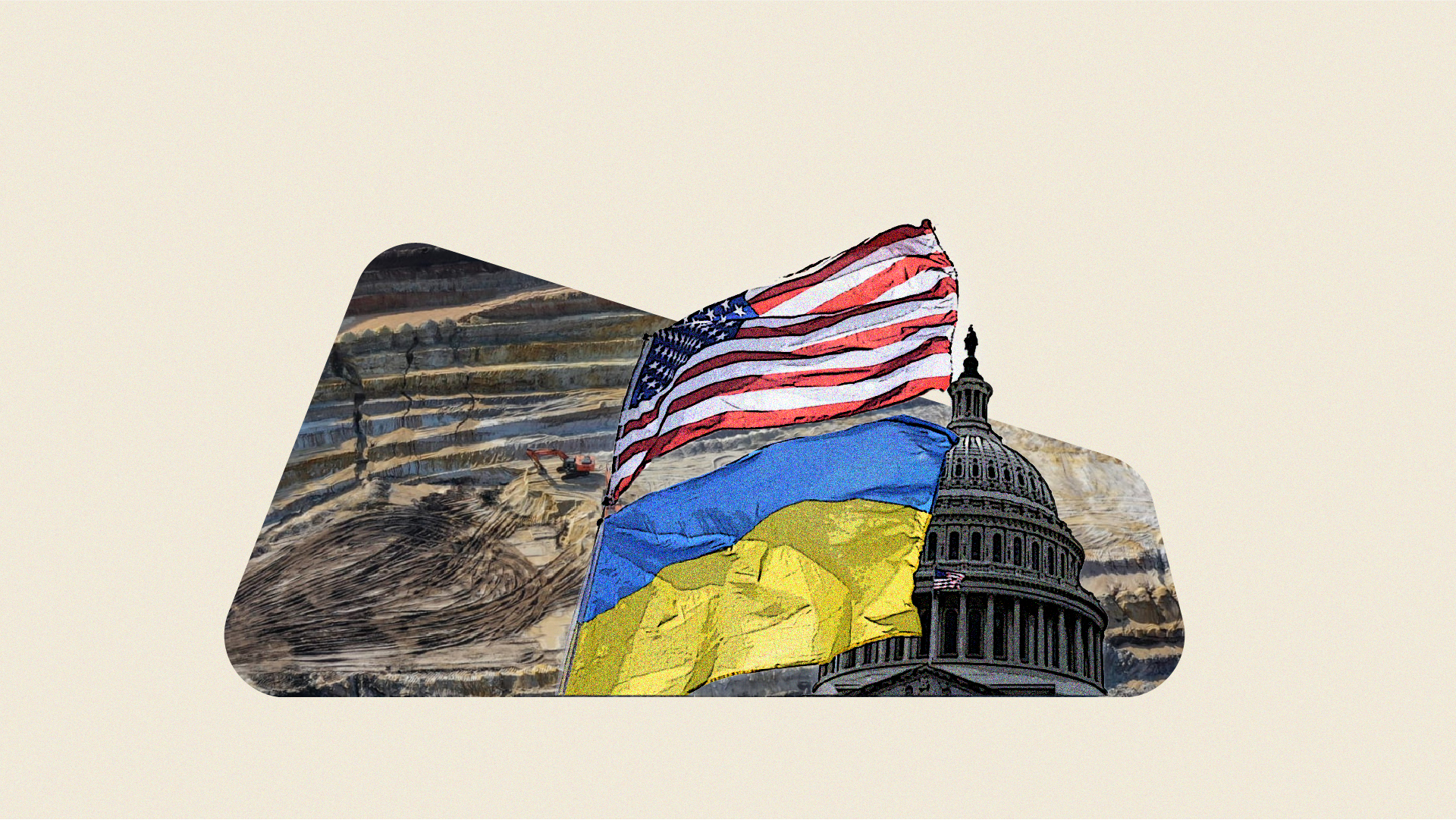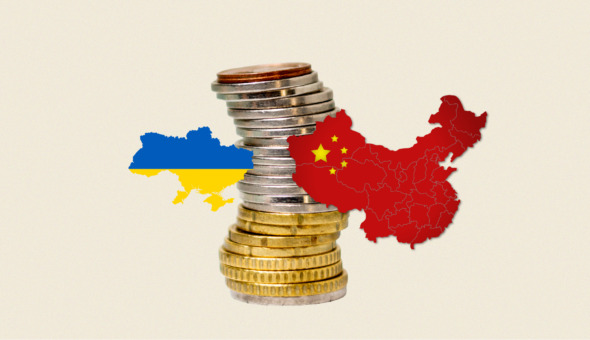
Some analysts call the agreement between Ukraine and the United States on the creation of an investment fund for reconstruction a “financial occupation” of Ukraine. Is this really so? Ilya Neskhodovskyi, head of the analytical direction of the National Interests Advocacy Network “ANTS”, analyzed the “tax” part of the agreement. Here are his conclusions
When it comes to international agreements in times of war, emotions often prevail over rational and pragmatic analysis.
The agreement between Ukraine and the United States, which provides for the creation of the Ukrainian-American Investment Fund for Reconstruction, has caused mixed reactions.
Some experts and opinion leaders define it as an empty document, lacking the main thing — security guarantees. Others saw in it a “loss of sovereignty”, external “control over resources” and even “financial occupation”. Still others evaluate it positively and consider the agreement a lifeline for Ukraine.
Therefore, it is worth objectively and pragmatically understanding: are there the risks that the participants in the discussions mention?
Before starting to state my own position, I will note a few essential points:
- Whether we like it or not, with the arrival of the Donald Trump administration, Ukraine will not receive free financial or military assistance – everything now has to be paid for, and assistance becomes a loan that must be repaid. This is a fact that Ukraine will not change in any way.
- Even the end of the war is not yet a final victory. A ruined economy, destroyed cities, population migration – to eliminate these negative consequences, Ukraine needs investments, huge investments worth hundreds of billions of dollars. But even receiving them does not guarantee us economic development.
We need not only money, but also the experience of foreign companies that can bring new technologies, management systems, corporate culture, etc. Few people will want to invest in a destroyed economy with a high probability of re-invasion, so we need American companies that will enter our market.
Budget revenues: not a loss, but an investment in the future
One of the comments on the agreement is the “loss of part of budget revenues” due to the deduction of part of the rent to the Fund.
Let’s answer a few questions. First, were the expenses for reconstruction and economic development financed from the state budget now, and after the end of the war? The answer: definitely yes. What this agreement provides for: the funds that the fund will receive for 10 years will be reinvested in new investment projects.
But what are budget revenues if they do not work for the economy? Previously, we spent billions of dollars on subsidies to the coal industry, which then disappeared offshore. Instead, the new mechanism ensures a transparent redistribution of these funds in the form of investments that remain in the Ukrainian economy.
This is not a loss — it is a structural change in the approach to public finance management.
Control over resources: we cannot lose what we have never effectively owned
The entire recent history of Ukraine is a history of inefficient, and sometimes criminal, resource management. It was not communities or the state that became rich, but individual “close associates”.
The new mechanism does not restrict, but finally regulates access to resources on transparent and competitive terms. If the state delegates part of its powers, but receives guarantees of investment and integrity, this is a partnership, not a loss of sovereignty.
Financial conditions and legal “restrictions”: vaccination against corruption
Criticism from those who speak of “legal dominance of the United States” is worth careful analysis.
Ukraine has suffered for decades not because of external influence, but because of internal corruption. In order to help and invest in Ukraine, the American side must have guarantees against abuse and changes in the rules. In the economic history of independent Ukraine, it has repeatedly happened that the state initially created favorable conditions for the implementation of investment projects in Ukraine, but after a certain time these conditions were radically changed, and as a result, foreign investors lost multi-million dollar investments without any compensation.
This agreement provides protection for American investments even in the event of a change in legislation, which Ukraine, of course, has the right to, at the same time it will have to compensate the Fund for losses, and this is an element of protection against corruption schemes.
This is a safeguard against returning to a system where the main criterion was not the cost of the investment project, but proximity to the official.
Military aid: only new weapons are a contribution to the fund
The accusations that Ukraine can “buy weapons on its own, and the US will count it as aid” are unfounded. The agreement clearly states: only military aid that is provided free of charge is counted in the Fund. And the best security guarantee is not the signing of a diplomatic memorandum, but the supply of air defense systems and long-range weapons. And this is exactly what the agreement provides.
Terms of the agreement: priority is victory and recovery
Some criticize the indefinite nature of the agreement. But in wartime, we need a long-term framework for support.
The agreement can be changed when circumstances change. The main thing is that a mechanism has been established that works now, when Ukraine needs financial stability and reconstruction the most.
The only real security guarantees are the ability to respond to the aggressor
The main mistake of the agreement’s critics is to expect paper security guarantees, but Ukraine already had the Budapest Memorandum and other international agreements, and this did not prevent aggression. The only thing that deterred the enemy was a strong modern Ukrainian army. That is why russia has been working on its disarmament for decades, and now, during negotiations, it constantly puts forward this very main demand — demilitarization and reduction of the Ukrainian army.
Now Ukraine already has the best guarantees of stopping the enemy: a defense industry that works for us; weapons that save lives; financial instruments that prevent the economy from collapsing, so the main guarantee in this agreement is the opportunity to receive weapons.
So, the agreement is not perfect, but it is the foundation of a new model of interaction with the main partner, where instead of conditional loans we receive joint tools for reconstruction, transparency and sustainable growth.
We have a chance to break out of the cycle of “subsidies – theft – deficit” and build an economy of trust. And this is what scares those who are used to living by the old rules the most.
Ilya Neskhodovskyi
Forbes Contributor



